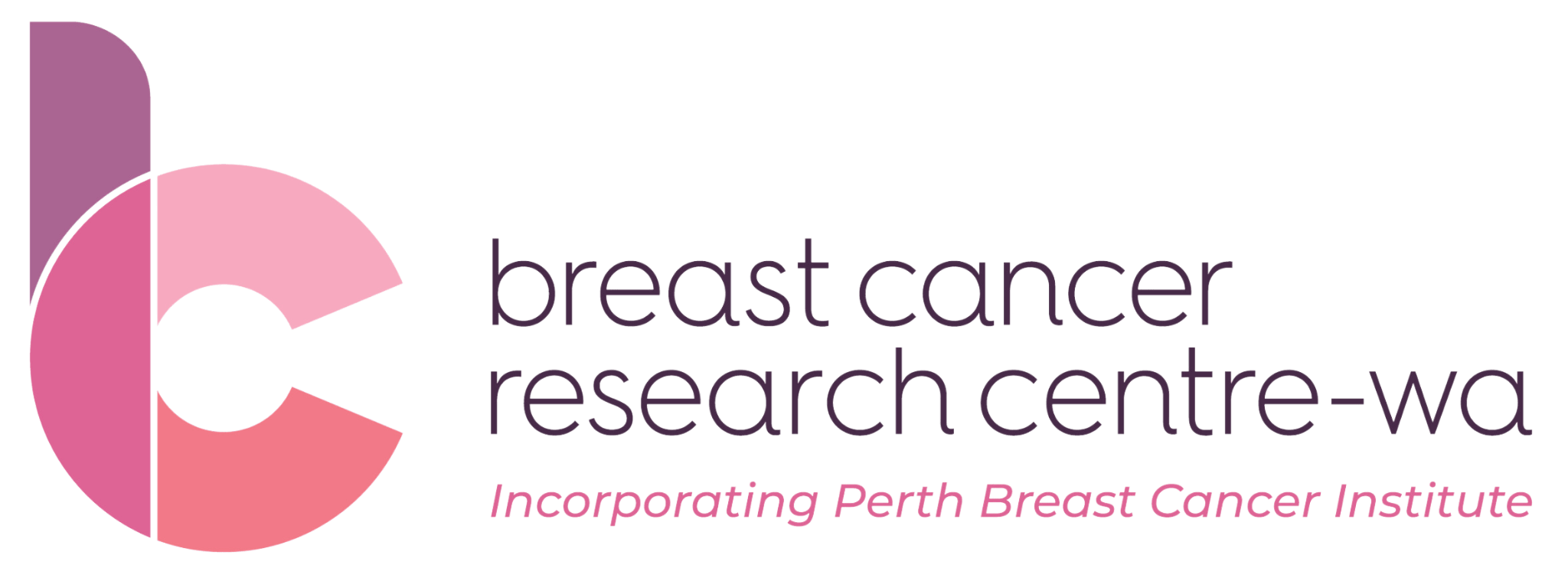What are Breast Cysts?
Breast cysts are fluid-filled sacs inside the breast tissue. They are very common, occurring in up to 50% of women in the 30-50 year age group.
Cysts are affected by hormonal changes and therefore they are most common in women during the reproductive years. They often disappear after menopause but they may be seen in older women taking menopause hormonal therapy.
Cysts form due to an imbalance between fluid production and absorption in the small breast ducts and lobules. They may be single or multiple and occur in one or both breasts. They may also fluctuate in size and number over time. Larger cysts may be felt by a woman as a rounded, smooth, mobile lump. Smaller cysts often cause no symptoms at all and may be found incidentally on breast ultrasound or mammogram. Fortunately, most cysts are not cancerous.
When to see a Doctor
Women usually seek medical attention because of a lump or its associated pain or discomfort. Rarely, cysts may become inflamed resulting in increased pain and redness of the overlying skin. It is not possible for physical examination alone to accurately distinguish between a benign cyst and other types of breast lumps so it is always important for a woman to promptly report any new breast symptom to her doctor.
Diagnosis of Breast Cysts
Diagnosis of breast cysts entails a clinical breast examination and breast imaging, usually in the form of an ultrasound and/or mammogram.
The choice of initial imaging modality depends on the women’s age and other factors such as pregnancy or breastfeeding. On mammograms, cysts appear as smooth rounded lumps. On ultrasound, cysts may be described as “simple”, containing only fluid within a thin-walled sac or “complex”. Complex cysts may have other features such as a thickened wall or solid components in addition to fluid. These are usually biopsied to exclude the small chance of breast cancer.
Treatment Options
Cysts that cause no symptoms and appear as “simple” cysts on imaging require no treatment. Patients can be reassured that they are not cancerous, nor does the presence of cysts increase the risk of cancer.
Painful, large simple cysts may be aspirated for comfort. This involves draining the cyst with a fine needle, usually under ultrasound guidance (fine needle aspiration or FNA). The fluid obtained is commonly watery and straw-coloured. Occasionally, cysts may recur after FNA or new cysts can develop in the breast tissue nearby.
Complex cysts need to be accurately biopsied, usually by means of a core biopsy to obtain sufficient tissue for analysis. The cyst is then managed according to the pathology result. Surgery is not normally recommended for managing simple cysts, however, it may be required for complex cysts if the pathology result suggests a cancerous change or if the cyst cannot be accurately sampled by needle biopsy.
It is important that women, particularly those who often get cysts, do not presume that a new lump is just another cyst. Medical attention should always be sought for any new breast lump.
The information and content provided on this page is intended for informational and educational purposes only and is not intended to substitute for professional medical advice. Please contact your medical team for advice on anything covered in this article.

Patient Information Pamphlets
Breast Cancer Research Center – WA aims to support and educate breast cancer patients. For a specific pamphlet, ask our staff at your next appointment.
Download the Breast Cysts pamphlet here:
The Breast Clinic
at Perth Breast Cancer Institute
The Breast Clinic offers comprehensive services for cancer and benign breast diagnoses, with on-site imaging and physician review for prompt diagnosis and ongoing management.


